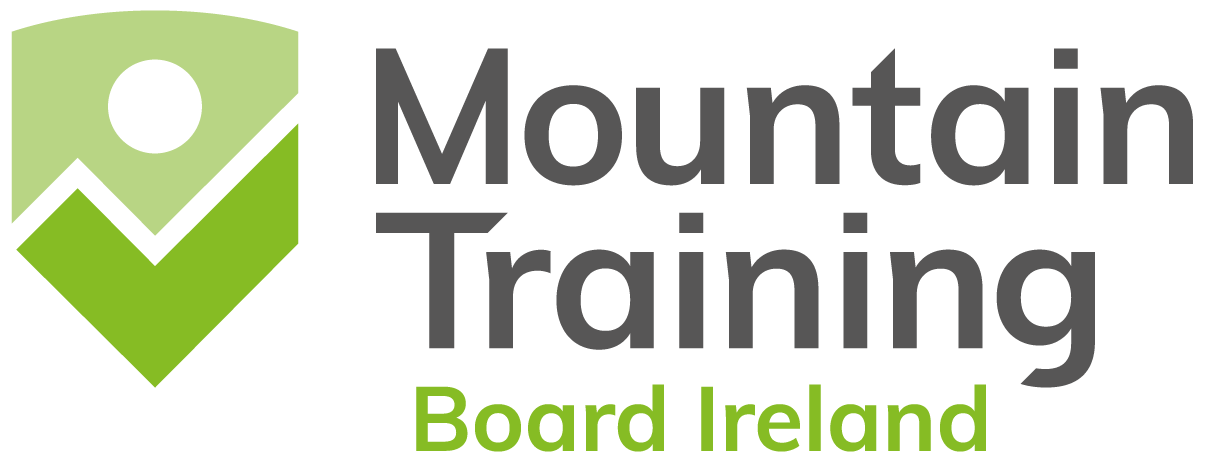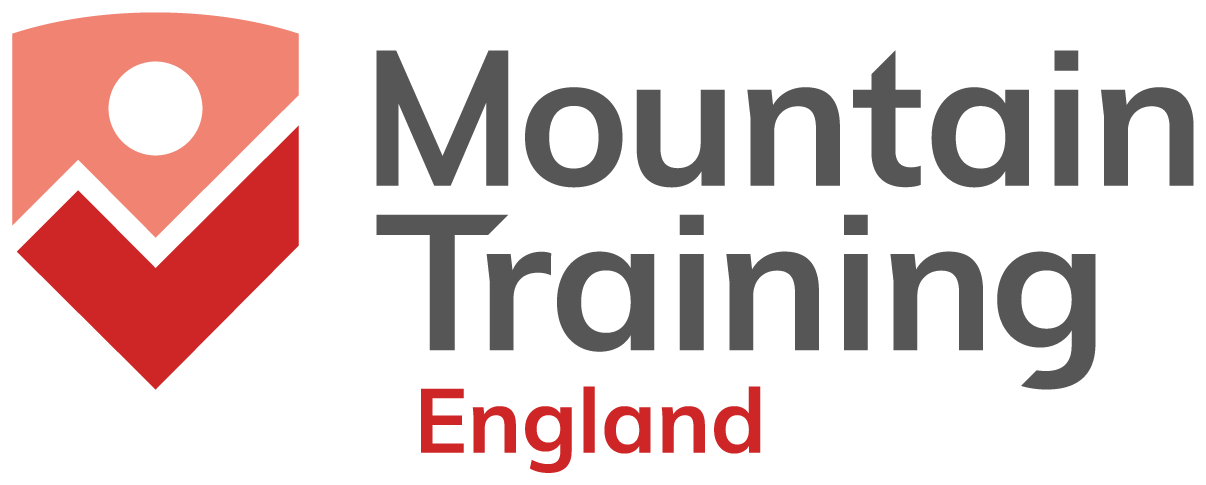The Rock Climbing Instructor qualification is used as a measure of competence (when combined with IRATA Level 1) for rock climbing by the British Stunt Register. Mountain Training is not affiliated to the British Stunt Register, we just know a lot of people seeking to join the BSR pursue our qualification.
The information on this page is designed to help people understand how our qualifications work and how to succeed.
Rock Climbing Instructor is a qualification for experienced climbers who want to teach climbing, indoors and outdoors. It’s all about:
- Introducing a group of novices to climbing
- Selecting and using appropriate climbing and abseiling equipment
- Building anchors to set up bottom ropes, top ropes and abseils
- Belaying and managing novice groups belaying
- Planning and organising a climbing session
- Managing novice climbers and other staff
- Demonstrating and teaching skills such as belaying and climbing movement techniques
- The climbing environment (including understanding access restrictions, conservation, etiquette and ethics)
The minimum level of experience for climbers considering the Rock Climbing Instructor is:
- 15 led routes which must be graded rock climbs with traditional protection.
- 15 led routes at a climbing wall.
- 5 led routes which must be outdoor bolt-protected sport climbs.
A graded rock climb is a route that has been given a climbing grade to indicate how difficult it is. Trad (traditional) routes start at Moderate (Mod), then Difficult (Diff), Very Difficult (V Diff), Severe and so on. Sport routes start at French (sport) grade 3a/3-, then 3b/3, 3c/3+, 4a/4+ and so on. Find out more about grading.
Traditional (trad) protection includes a variety of equipment including nuts, hexes and camming devices (cams) that are inserted into cracks and holes in the rock. A karabiner or a quickdraw is used to connect the protection to the rope to build an anchor at the top of the crag, or to safeguard a lead climber as they lead a route.
A led route is one which the climber ascended while placing or clipping protection as they go.
A bolt-protected sport climb is a route with pre-placed bolts that are connected to the rope with quickdraws by the climber as they lead the route.
If all of the above is new to you, our Rock Skills courses are the best place to start. There are four options:
Rock Skills Introduction – a one day introduction to rock climbing.
Rock Skills Intermediate – a two day course for people who’ve done some climbing, covering how to place trad protection to build anchors and set up ropes.
| Rock climbers often spend many months or years transitioning from seconding or bottom/top roping a route to lead climbing. It takes time and commitment to become a safe climber. |
Rock Skills Learn to Lead Sport Climbs – a two day course for climbers who want to lead sport climbs outdoors. You must already know how to climb and how to belay.
Rock Skills Learn to Lead Trad Climbs – a two day course for climbers who want to lead trad climbs. You must already know how to climb and how to belay.




